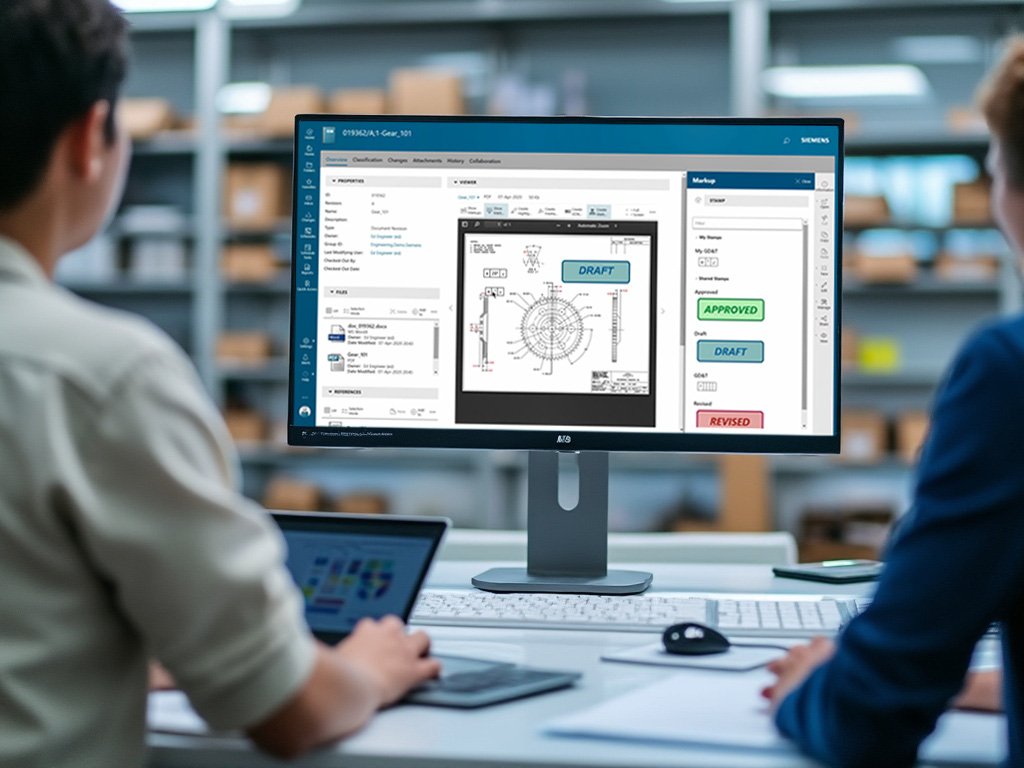Buckle up, folks! We’re about to embark on a wild ride through the evolution of one of the most influential CAD systems in history. From its inception in the era of big hair and bigger dreams to its transformation into a linchpin of modern manufacturing, Unigraphics has been at the forefront of the digital design revolution. Let’s dive into how a tool born in the heart of an aerospace giant became a titan of industry, shaping the way we design and build the future.
The Dawn of Digital Design (1980)
In 1980, McDonnell Douglas introduced Unigraphics, revolutionizing engineering with the first true 3D modeling system, turning the flat sketches of yesteryears into multidimensional dreams.
When sketches turned to sculptures in the digital realm.
A New Owner, A Broader Vision (1991)
Financial strategies lead to Unigraphics being sold to EDS, expanding its vision from a niche tool to a broad-based design solution.
Expanding the CAD Universe (1998)
Unigraphics Solutions acquires Solid Edge, enhancing its CAD offerings and blending technological cultures.
Merging paths to craft the ultimate design toolkit.
NX: The Next eXperience (2000-2004)
The millennium brought UGS, and with it, the birth of NX after acquiring SDRC. This wasn’t just a name change; it was the fusion of design, simulation, and manufacturing into one powerhouse platform.
The Siemens Era Begins (2007)
The tale of Unigraphics took a monumental turn when Siemens AG acquired UGS in 2007 for $3.5 billion, envisioning a future where digital manufacturing ruled. Siemens PLM Software launched Teamcenter 2007, weaving a new tapestry of product lifecycle management.
Conclusion: A Legacy Beyond Software
Unigraphics journey from a pioneering CAD tool to an industry cornerstone under Siemens is more than corporate history; it’s a testament to human ingenuity in the digital age.
[For a deeper dive into the topic, explore the full article on X]






